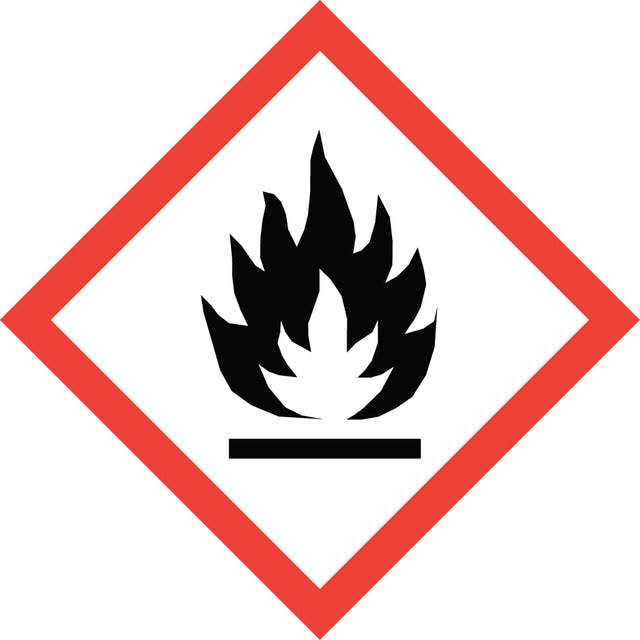938394
Strontium
beads, ≤2.0 mm particle size, 99.99% trace metals basis
Synonym(s):
Elemental Strontium
About This Item
Quality Level
Assay
99.99% trace metals basis
form
beads
resistivity
23 μΩ-cm, 20°C
particle size
≤2.0 mm
bp
1384 °C (lit.)
mp
757 °C (lit.)
density
2.6 g/mL at 25 °C (lit.)
SMILES string
[Sr]
InChI
1S/Sr
InChI key
CIOAGBVUUVVLOB-UHFFFAOYSA-N
Looking for similar products? Visit Product Comparison Guide
Related Categories
General description
Application
Elemental Strontium has wide applications. For example, Superconducting Strontium Germanide (SrGe3) Containing Ge2 Dumbbells is synthesized at high pressure and high temperture using metallic Stronium. Strontium is also used in low temperature solution process to synthesize strontium doped oxide with high carrier mobility, enhanced electrical stability for thin film transition.
In addition, Strontium is applied in the solid state synthesis of a Zintl phase, SrSn3Sb4, with an anionic channel framework of 30-membered rings. Interestingly, Strontium is used to synthesis the crack free Strontium-potassium-niobate (Sr2KNb5O15, SKN) thin films by using chemical solution deposition method. SKN is of great interest for pyroelectric sensors and various electro-optic devices.
Further more, Strontium (Sr) has also been investigated as a bioactive element capable of stimulating bone tissue regeneration.According to the literature, bioactive-glass incorporated with Sr has recently received a lot of attention for various orthopaedic applications that combine the effect of BG surface bioactivity with the promotion of bone growth due to Sr-controlled release.[5]
Signal Word
Danger
Hazard Statements
Precautionary Statements
Hazard Classifications
Skin Irrit. 2 - Water-react 1
Supplementary Hazards
Storage Class Code
4.3 - Hazardous materials which set free flammable gases upon contact with water
WGK
WGK 3
Flash Point(F)
Not applicable
Flash Point(C)
Not applicable
Regulatory Information
Choose from one of the most recent versions:
Certificates of Analysis (COA)
Don't see the Right Version?
If you require a particular version, you can look up a specific certificate by the Lot or Batch number.
Already Own This Product?
Find documentation for the products that you have recently purchased in the Document Library.
Our team of scientists has experience in all areas of research including Life Science, Material Science, Chemical Synthesis, Chromatography, Analytical and many others.
Contact Technical Service
